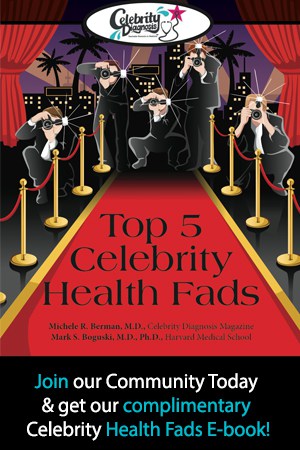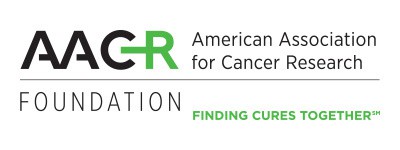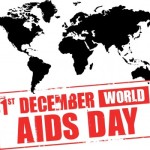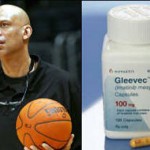Gwyneth Paltrow’s “Super-Doc” Spouts Discredited Breast Cancer Myth on GOOP
Well, Gwyneth’s at it again- using her website, GOOP, to air controversial, if not just plain disproven, medical information.
This time it comes from someone she refers to as a “super doctor,” Dr. Habib Sadeghi, the same doctor who introduced us to the concept of “conscious uncoupling.”
As part of it’s October Breast Cancer Awareness Month newsletter, Paltrow included a column by Dr. Sadeghi entitled, “Could There Possibly Be a Link Between Underwire Bras and Breast Cancer??”
In his article, he cites the 1995 book by Sydney Ross Singer and Soma Grismaijer, called “Dressed to Kill: The Link Between Breast Cancer and Bras.” Based on an epidemiological study of 5000 women, the authors concluded that pre-menopausal women who did not wear bras had half the risk of breast cancer than those who did, and in women who did wear bras, the longer they wore them, the higher the risk of breast cancer.
The medical community was quick to discredit this information (which BTW was never published in a peer-reviewed journal). The American Cancer Society says that “there are no scientifically valid studies that show wearing bras of any type causes breast cancer.” There are many much more important factors involved in causing breast cancer. According to gynecologist, Dr. Jen Gunter:
“Breast cancer is a complex condition that involves genetics and a variety of risk factors, the most common ones being obesity, dense breasts, alcohol consumption, if and when (age) a woman gives birth, taking estrogen, and a history of radiation exposure.”
In 2014, a study by researchers at the Fred Hutchinson Cancer Research Center (FHCRC) in Seattle, WA, once again showed no relationship between bra use and breast cancer risk. Although Dr. Sadeghi mentions this study in his article, he tries to discount the information by pointing out that the FHCRC has a yearly fundraiser called the Bra Dash, a 5k run during which women wear pink bras on the outside of their clothes to raise money for research . “Perhaps the researchers felt it was inappropriate to implicate bras in breast cancer when they’re used to raise money for the institution,” says Sadeghi.
Sadeghi goes on to argue that wearing a tight bra could restrict the lymph nodes around the breast, thereby preventing “toxins from being processed through them and flushed out of the body.” Gunter discredits this idea as well:
“Lymphatic obstruction is not a risk factor for cancer. If it were all the lymph node dissections done to save people from various cancers would paradoxically be killing them. We actually have mountains of data on outcomes after lymph node dissection, so if impeding lymph flow caused cancer we’d know.”
Next, Sadeghi suggests that bras may raise the temperature of breast tissue, which could “alter hormone function and raise the risk of breast cancer.” Really? Has he looked at the flimsy material most bras are made of? We’re not talking wool here. He likens the situation to that of tight fitting pants causing low sperm counts. He says that tight pants causes low testosterone which causes fertility problems. Sorry, but breast and testicular tissue are just not equivalent when it comes to hormone production. And besides, it’s not that heat causes low testosterone which damages sperm cells, it’s that heat has a direct effect on the production of sperm.
Lastly, he points to the possible danger of the metal underwire. He wonders if the metal could “magnify the radiation associated with cell phones and wireless Internet. While the fact that your bra could absorb and intensify radiation seems preposterous, it’s not as far-fetched as it sounds.” Once again, no scientific evidence to support this.
I admit it. I actually laughed out loud a few times while reading the article. For instance, when he says: ” Breasts are external organs meant to hang out and somewhat away from the torso.” (“Not after age 40”, I thought.)But I have medical training, and I’m not afraid to look up what the available research says on a particular topic.
I am afraid that stories like these will scare some women who may take their focus away from much more important risk factors for breast cancer.



























6 Comments